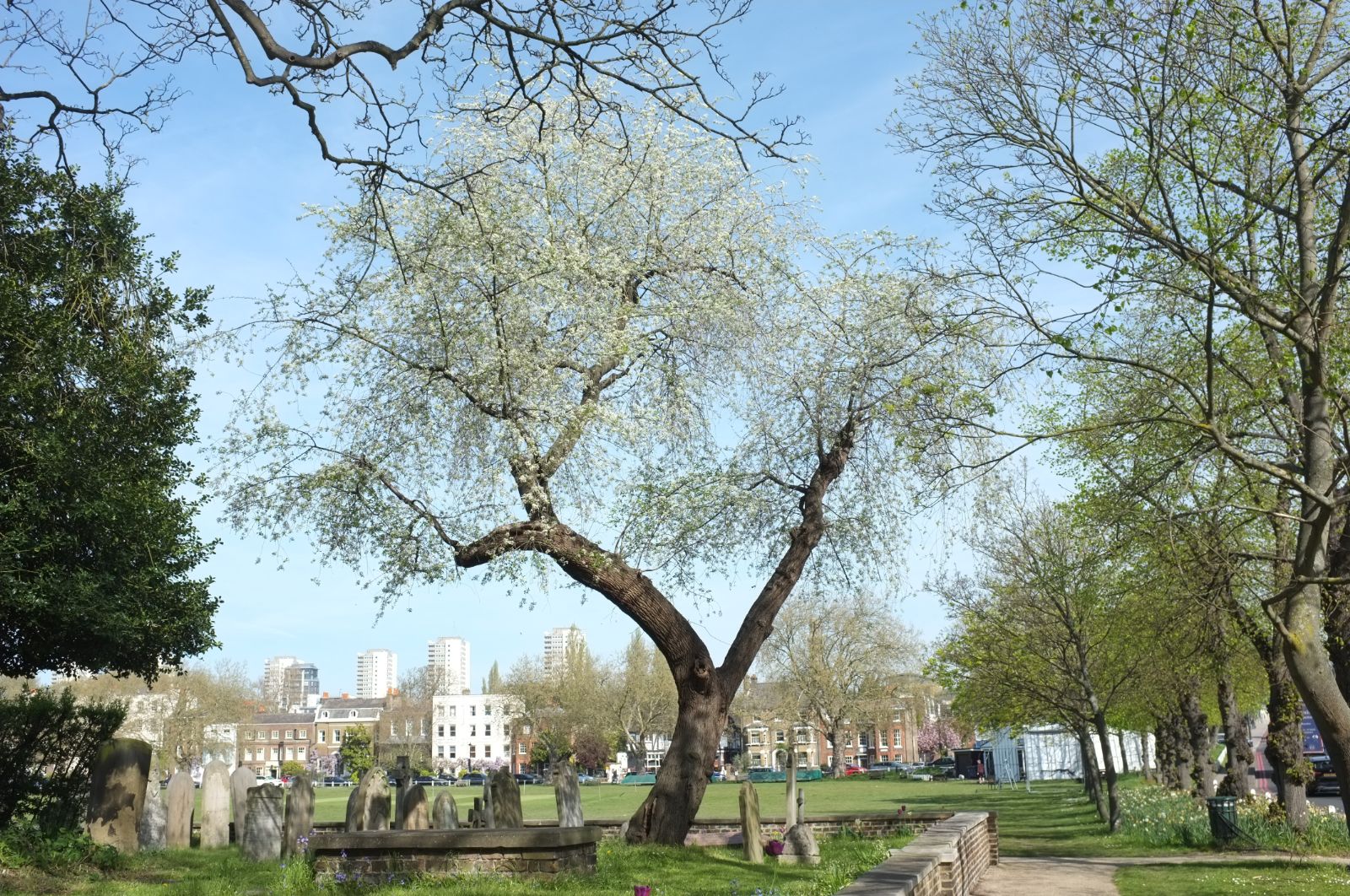Prunus mahaleb
Credits
Article from Bean's Trees and Shrubs Hardy in the British Isles
Recommended citation
'Prunus mahaleb' from the website Trees and Shrubs Online (treesandshrubsonline.
Infraspecifics
Other taxa in genus
- Prunus alleghaniensis
- Prunus americana
- Prunus × amygdalo-persica
- Prunus amygdalus
- Prunus angustifolia
- Prunus apetala
- Prunus arabica
- Prunus argentea
- Prunus armeniaca
- Prunus avium
- Prunus besseyi
- Prunus brigantina
- Prunus campanulata
- Prunus canescens
- Prunus cantabrigiensis
- Prunus cerasifera
- Prunus cerasus
- Prunus cocomilia
- Prunus concinna
- Prunus conradinae
- Prunus consociiflora
- Prunus cornuta
- Prunus cuthbertii
- Prunus dasycarpa
- Prunus davidiana
- Prunus × dawyckensis
- Prunus dielsiana
- Prunus domestica
- Prunus dulcis
- Prunus emarginata
- Prunus × fontanesiana
- Prunus fruticosa
- Prunus glandulosa
- Prunus grayana
- Prunus himalaica
- Prunus hortulana
- Prunus humilis
- Prunus ilicifolia
- Prunus incana
- Prunus incisa
- Prunus jacquemontii
- Prunus kansuensis
- Prunus lannesiana
- Prunus laurocerasus
- Prunus litigiosa
- Prunus lusitanica
- Prunus maackii
- Prunus maritima
- Prunus maximowiczii
- Prunus microcarpa
- Prunus mira
- Prunus mugus
- Prunus mume
- Prunus nigra
- Prunus nipponica
- Prunus orthosepala
- Prunus padus
- Prunus pensylvanica
- Prunus persica
- Prunus pilosiuscula
- Prunus prostrata
- Prunus pumila
- Prunus rufa
- Prunus salicina
- Prunus sargentii
- Prunus serotina
- Prunus serrula
- Prunus serrulata
- Prunus sibirica
- Prunus × sieboldii
- Prunus simonii
- Prunus sogdiana
- Prunus speciosa
- Prunus spinosa
- Prunus ssiori
- Prunus subcordata
- Prunus subhirtella
- Prunus takesimensis
- Prunus tangutica
- Prunus tenella
- Prunus tomentosa
- Prunus triloba
- Prunus virginiana
- Prunus × yedoensis
A free-growing, deciduous tree up to 30 or 40 ft high in gardens, with a loose, spreading head of branches; young twigs downy. Leaves broadly ovate or roundish, with a short, abrupt, often blunt apex, the base rounded or slightly heart-shaped, shallowly toothed, 1 to 21⁄2 in. long, 3⁄4 to 2 in. wide, almost or quite glabrous above, more or less hairy on each side of the midrib beneath, glossy green; stalk 1⁄2 in. long, with a pair of glands. Racemes 11⁄4 to 2 in. long, carrying six to ten flowers, which are pure white, 1⁄2 to 3⁄4 in. across, very fragrant, each on a stalk about 1⁄2 in. long. The racemes spring from the wood of the previous year, and are furnished towards the base with small leaf-like bracts. Fruits about 1⁄4 in. long, somewhat egg-shaped, black.
Native of Central and S. Europe; in cultivation 1714. It flowers in the last week of April and early May, and is then one of the most beautiful of flowering trees, filling the air with fragrance for yards around. It is fast-growing, and if planted in very rich soil is apt to become rank and ungainly. In the sandy soil of Kew it thrives and blossoms remarkably well. Both the species and its varieties may be increased by cuttings made of moderately firm young wood, and placed in gentle bottom heat, also by layers. The type, raised from seed, has been used as a stock for grafting cherries on.
'Bommii'
A variety of pendulous habit, much more marked than in ‘Pendula’ itself.f. xanthocarpa (Roem.) Rehd.
Synonyms
P. m. var. chrysocarpa Nichols

